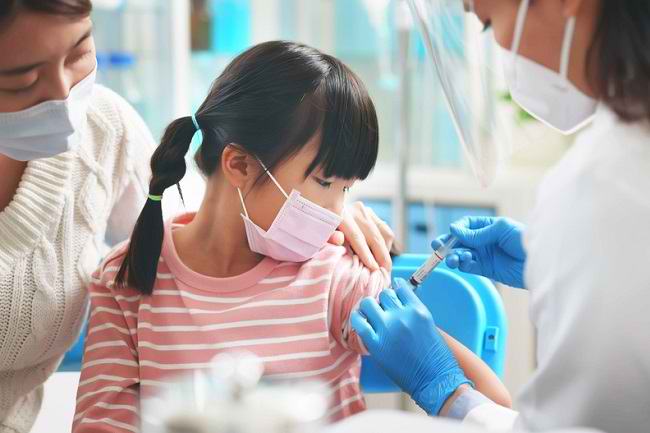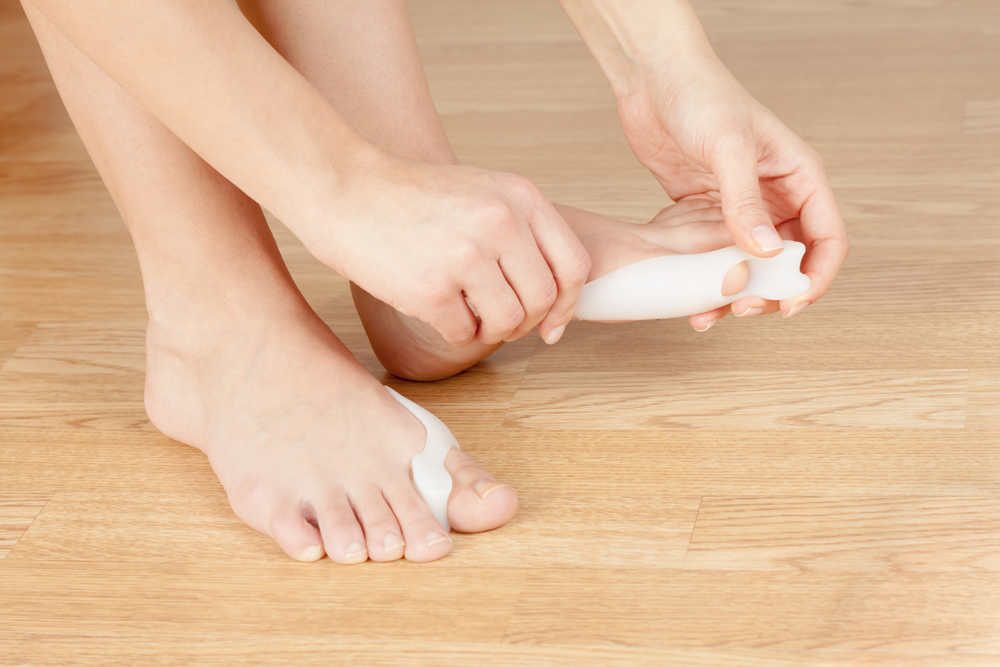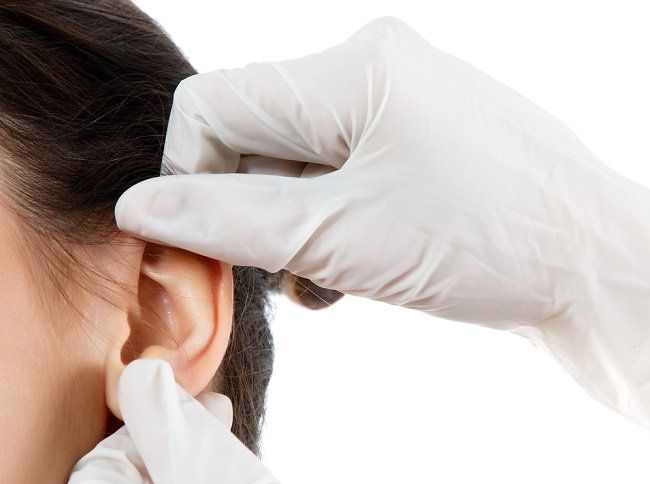Osteoporosis is a disease that can affect anyone, both children and adults. At least, there are three types of osteoporosis that can occur. Know what are the differences between the three types of osteoporosis and how to prevent them.
Osteoporosis is a condition of reduced bone density that can cause bones to become porous and break easily. Osteoporosis initially does not cause any symptoms so it is rarely noticed early on. This condition is usually only discovered when a person has an injury that causes a fracture.

In general, osteoporosis is divided into two groups, namely primary and secondary osteoporosis. The following is a more detailed explanation of the types of osteoporosis:
Types of Primary Osteoporosis
Primary osteoporosis is further divided into two types, namely idiopathic osteoporosis which generally occurs in the elderly (elderly) and osteoporosis. juvenile what happens to children.
Idiopathic osteoporosis
Idiopathic osteoporosis has no known exact cause. However, this condition is often associated with age or aging factors. There are two types of idiopathic osteoporosis, namely:
- Type 1 osteoporosis, which is osteoporosis that occurs in women with low estrogen levels, usually in postmenopausal women
- Osteoporosis type 2 or senile osteoporosis, which is a condition of bone loss associated with the aging process
Osteoporosis juvenile
Osteoporosis juvenile is a type of osteoporosis in children or adolescents with no known cause. The age of people with osteoporosis ranges from 1-13 years, but the average case occurs at the age of 7 years. Juvenile osteoporosis is a less common condition than other types of osteoporosis.
Types of Secondary Osteoporosis
Bone fragility that occurs in secondary osteoporosis is caused by other factors, be it disease or the consumption of certain drugs. Factors that can cause this type of osteoporosis include:
- Genetic diseases, such as renal hypercalciuria, cystic fibrosis, Marfan syndrome, and Ehlers-Danlos . syndrome
- Endocrine disorders, such as diabetes mellitus, Cushing's syndrome, acromegaly, hyperthyroidism, and hypogonadism
- Malabsorption syndromes or malnutrition, such as anorexia nervosa, chronic liver disease, alcoholism, and protein, calcium, and magnesium deficiency conditions
- Inflammatory diseases, such as Crohn's disease, rheumatoid arthritis, ankylosing spondylitis, and lupus
- Hematologic disorders, such as hemochromatosis, hemophilia, leukemia, lymphoma, and thalassemia
- Medications, such as anticonvulsants, antipsychotics, furosemide, and proton pump inhibitors
How to Prevent Different Types of Osteoporosis
In order to always be active and have a good quality of life, osteoporosis should be prevented early on. The following are some steps you can take to prevent various types of osteoporosis:
1. Exercise regularly
Muscles and bones need to be trained regularly to keep them strong. One way you can do to strengthen muscles and bones is to practice lifting weights for at least 30 minutes, 3 times a week.
2. Sufficient calcium and vitamin D needs
Calcium and vitamin D are essential nutrients to improve and maintain bone health. Some foods high in calcium and vitamin D that you can consume include milk, cheese, yogurt, spinach, cabbage, soybeans, beef liver, egg yolks, and fatty fish, such as tuna, mackerel, and salmon.
3. Limit the consumption of alcoholic beverages
People who drink alcohol frequently have a higher risk of developing osteoporosis. Therefore, experts limit alcohol consumption in adult men to 2 drinks per day and adult women to 1 drink per day. One glass of alcoholic beverage is equivalent to 350 ml of beer or 125 ml of wine.
4. Avoid smoking habits
People who actively smoke are also more at risk of fractures due to osteoporosis, even the recovery time will be longer. In addition, most women who smoke will produce less estrogen and tend to go through menopause earlier, so the risk of bone loss is higher.
By knowing the type of osteoporosis and how to prevent it, you are expected to better anticipate this disease. If you are among those who are more prone to osteoporosis, in addition to taking preventive steps early on, you should also check with your doctor regularly.









